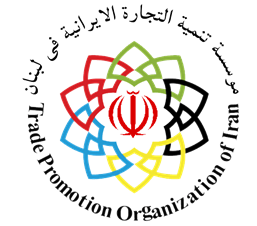The Central Product Classification (CPC) system, developed by the United Nations, is designed to classify products and services in a way that is consistent across countries and industries. CPC covers both goods and services and is widely used for statistical purposes, such as national accounts and international trade in services.
Here are the broad sections of CPC:
- Section 0: Agriculture, forestry, and fishery products
- Section 1: Ores and minerals; electricity, gas, and water
- Section 2: Food products, beverages, and tobacco; textiles, apparel, and leather products
- Section 3: Other transportable goods, except metal products, machinery, and equipment
- Section 4: Metal products, machinery, and equipment
- Section 5: Construction work and constructions; land
- Section 6: Distributive trade services; accommodation, food, and beverage serving services; transport services
- Section 7: Financial and insurance services
- Section 8: Business and production services
- Section 9: Community, social, and personal services
This classification system is more comprehensive for services compared to the HS Code, which is primarily focused on goods. The CPC provides a framework for analyzing and categorizing a wide range of economic activities, including the provision of services





